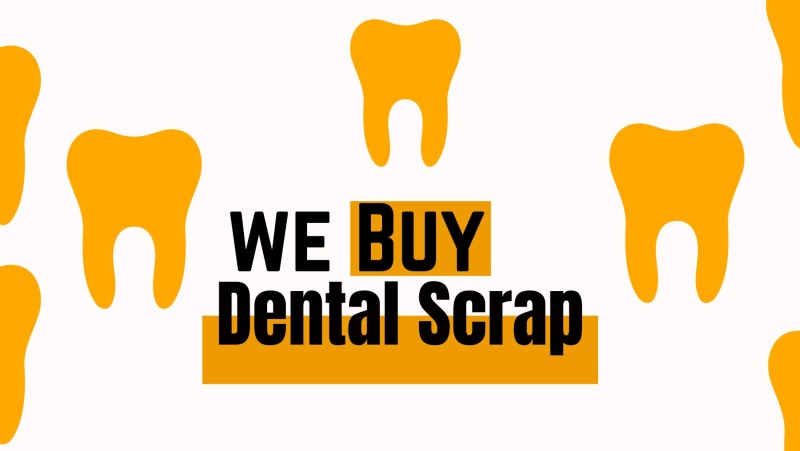Metals have historically been proven to be very useful to dentists for a variety of reasons and depending on the qualities of the metals. In this paper, I am focusing on the role of precious metals such as silver and gold and their functionalities in the dental world.
Precious metals can be used in dentistry for, but are not limited to, fillings, crowns, bridges, and dental implants. Since each metal has its own unique qualities, some of them can be harmful to living tissue while others can be considered a healthy addition.
Let’s have a look at the most common metals and the alloys more commonly used in dentistry. We can differentiate three categories:
- Base metals: Base metal alloys, principally made of nickel, chromium, copper, zinc, and beryllium have gained widespread usage due to their lower cost and high strength. In dentistry, silver is also considered a base metal. It’s important to note that silver in its purest form is not used in dentistry.
- Noble metals: These alloys include palladium, platinum, ruthenium, rhodium, and iridium. They may also include gold but contain less than high noble metals.
- High noble metals: High noble alloys have a higher gold and platinum content. These alloys cost more but are more biocompatible and fit better. Due to the higher cost to produce, these alloys are less commonly used by dentists but they produce the safest and longest lasting dental restorations.
Traditional dental fillings are made from silver amalgam. This material is a mixture of tin, copper, silver, zinc, and inorganic mercury. Many patients avoid amalgams due to the perceived toxicity of the mercury content. As of this time, no double-blind study has ever shown silver fillings to be harmful. Many dentists still place amalgam fillings due to their low cost or if nothing else will work. Composite fillings, which are fairly biocompatible and aesthetically pleasing, have become the dominant filling material. It has become a more popular choice.
Gold alloy is the “golden standard” when it comes to metals in dentistry. It is biocompatible, and because of its soft composition, a gold crown or onlay will not damage the opposing teeth. There are no metal allergies to precious metals like high-carat gold or platinum.
Using precious metals in dentistry can also be a way to invest. Your dental fillers and gold crowns can be of high value over time. If you are a dentist with some scrap gold or silver or an individual looking to sell their precious metal fillers, Instant Gold Refining is the place to go and get cash for your dental scrap metals.







